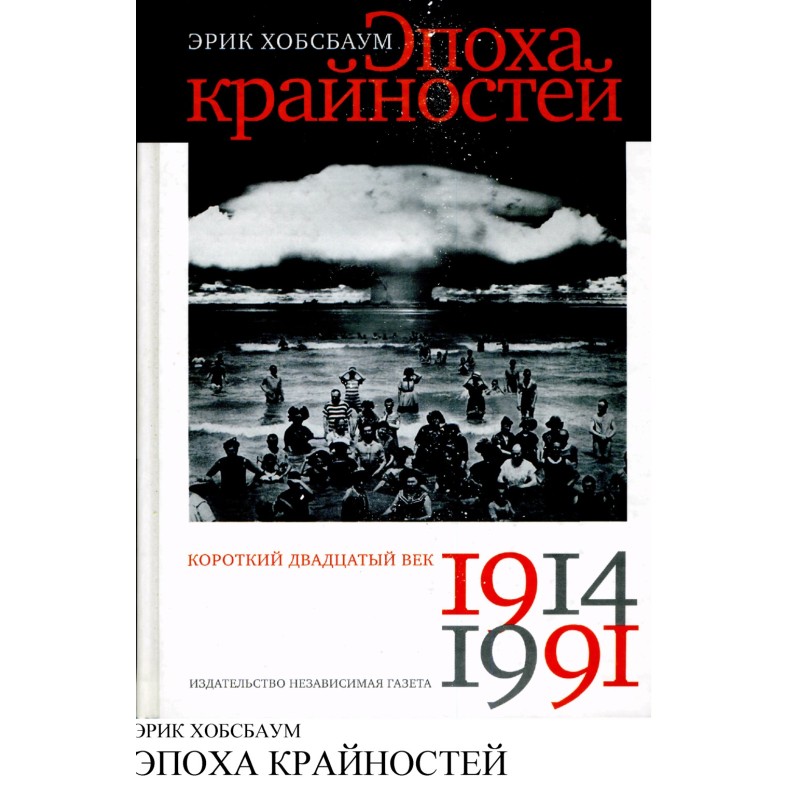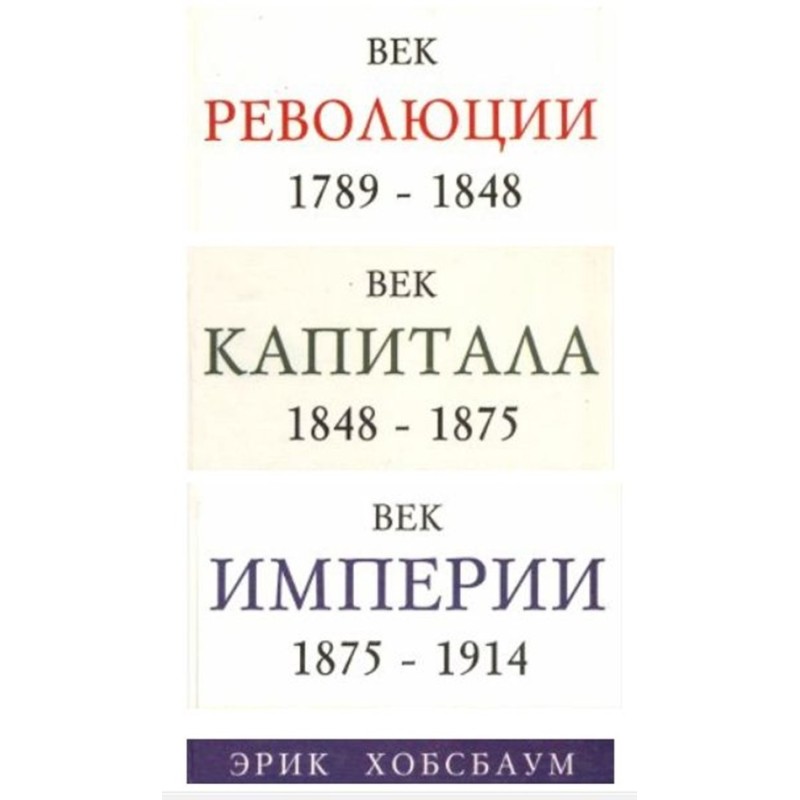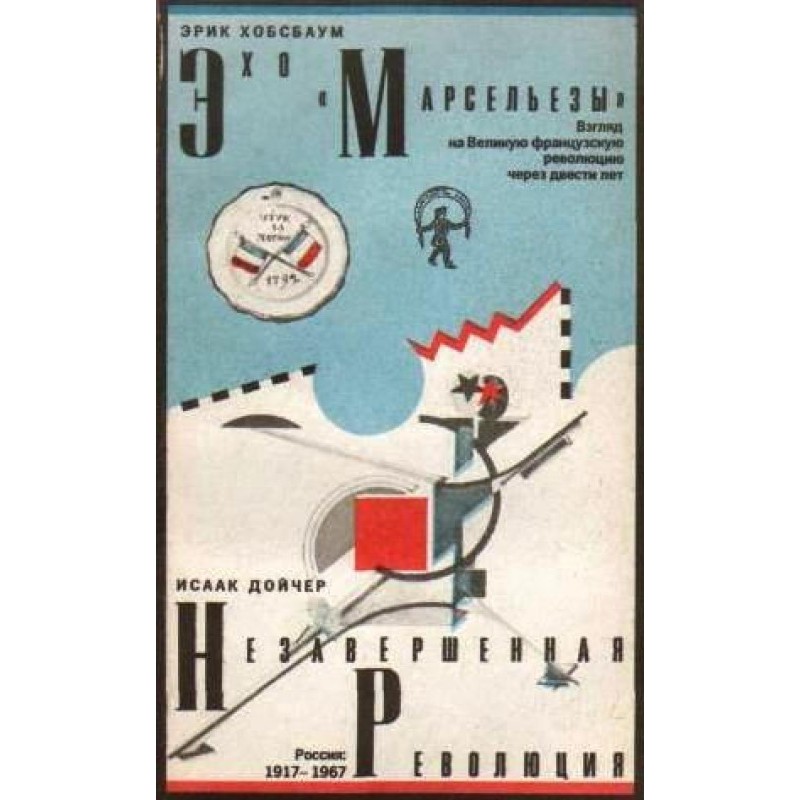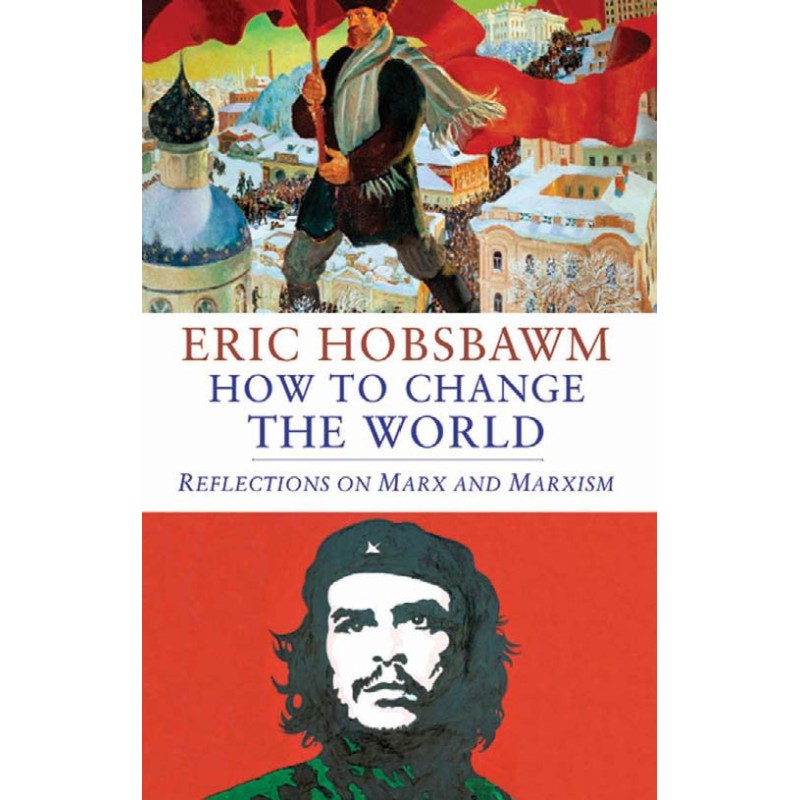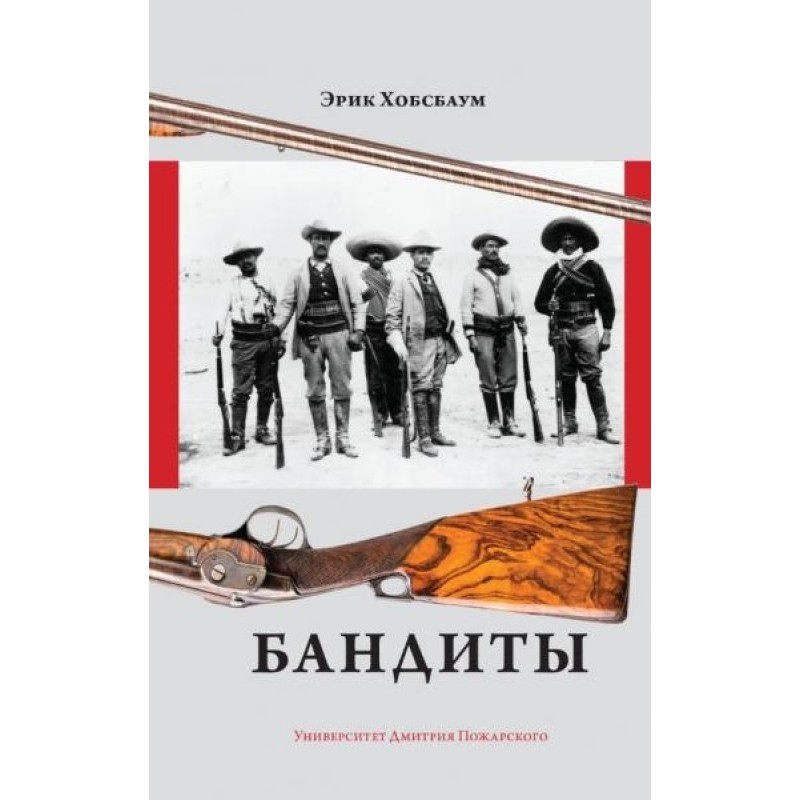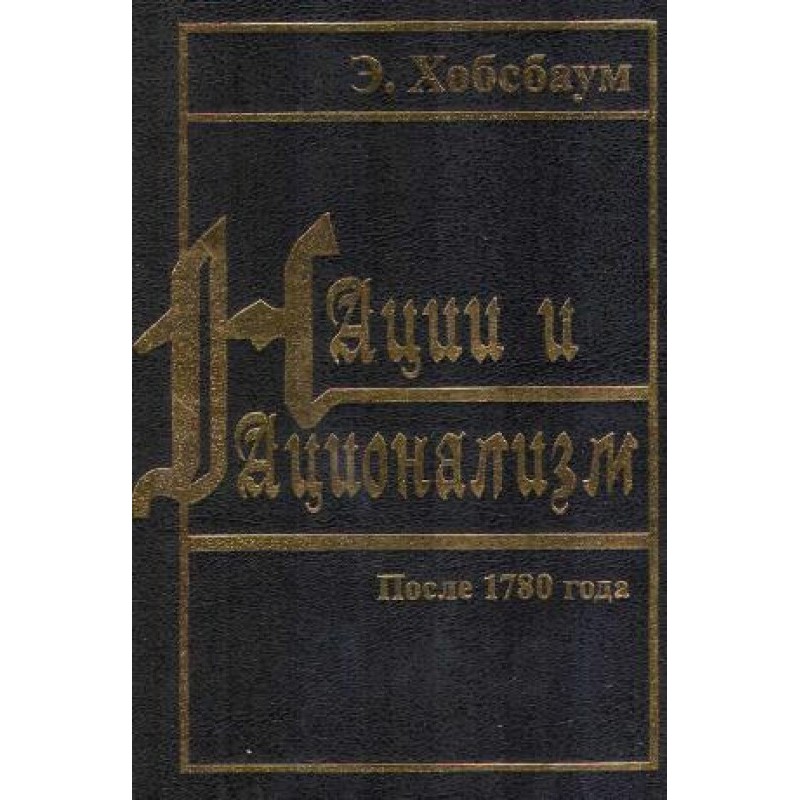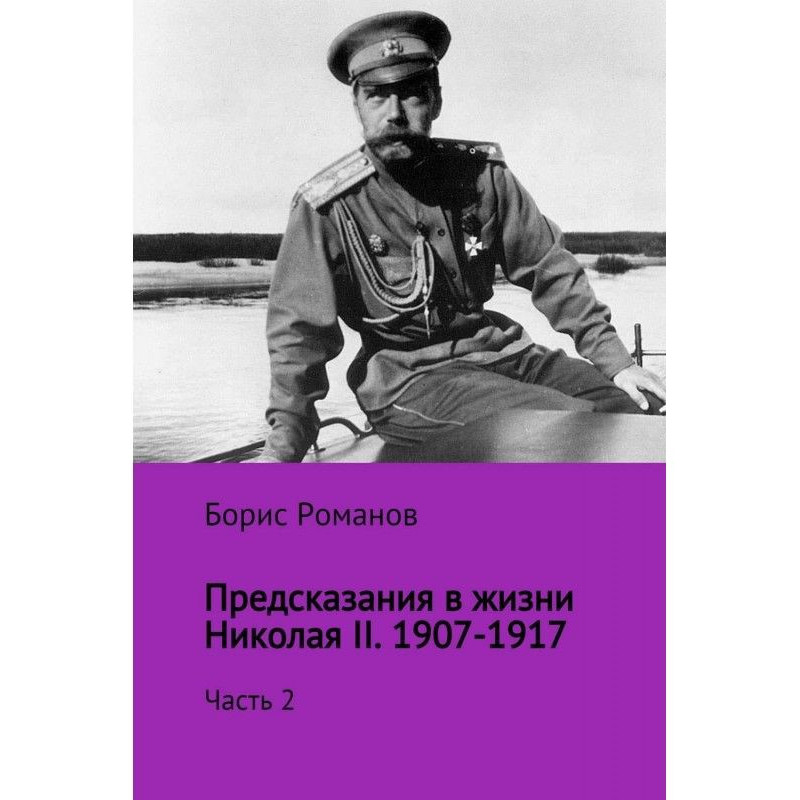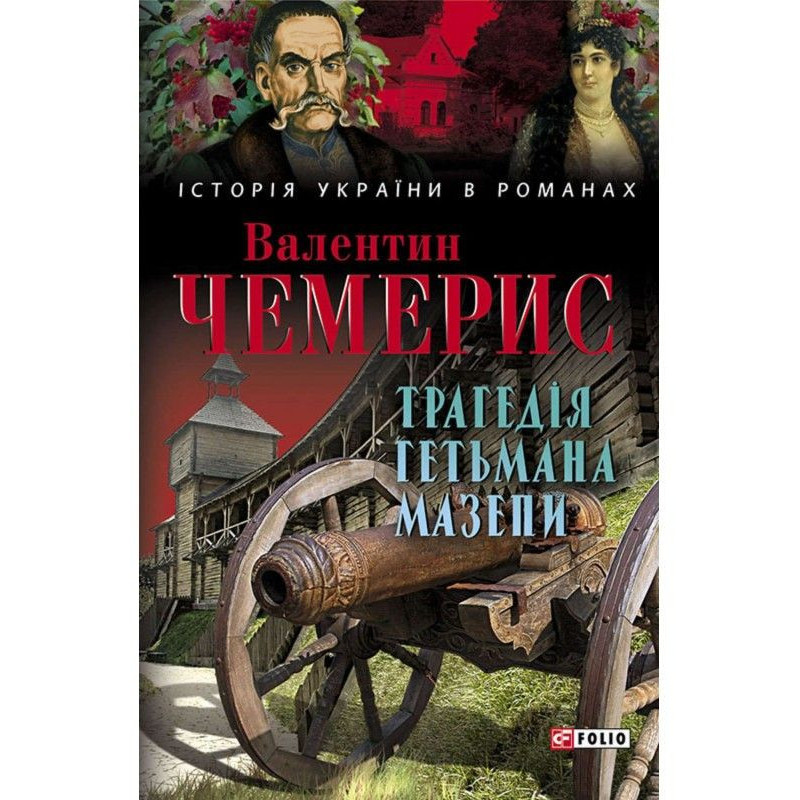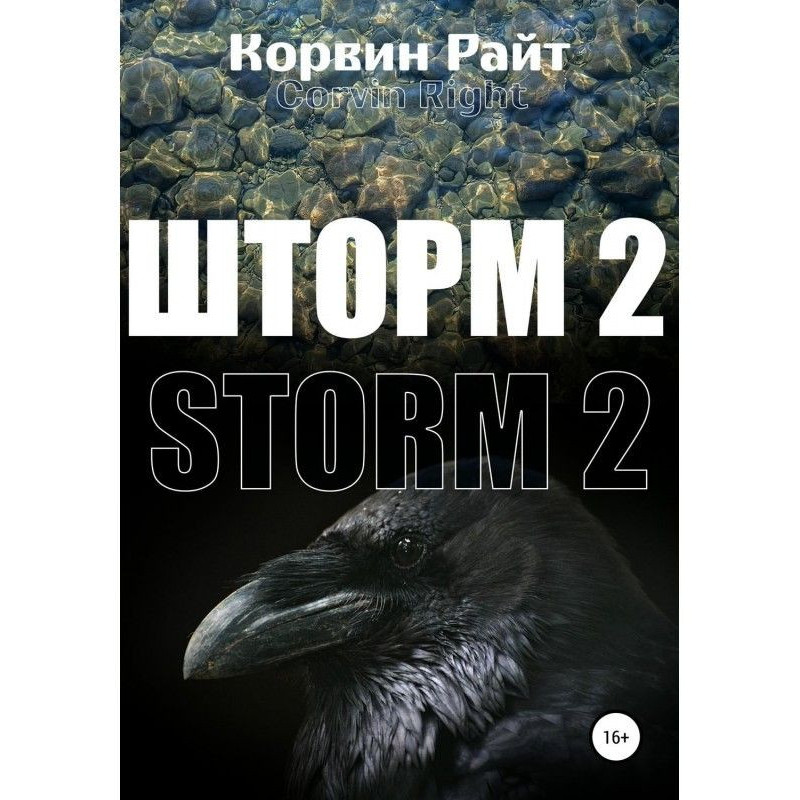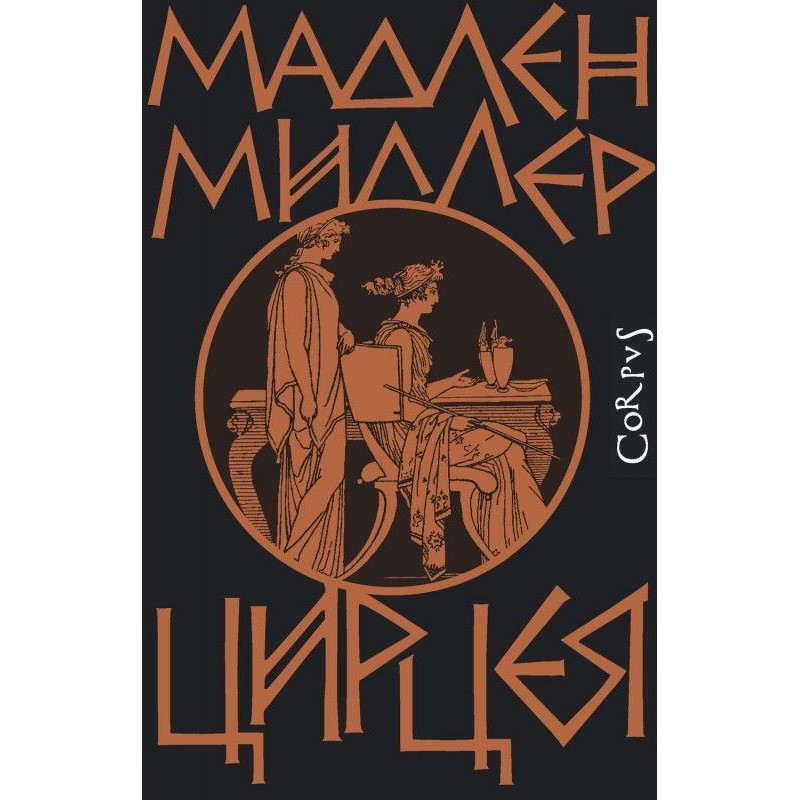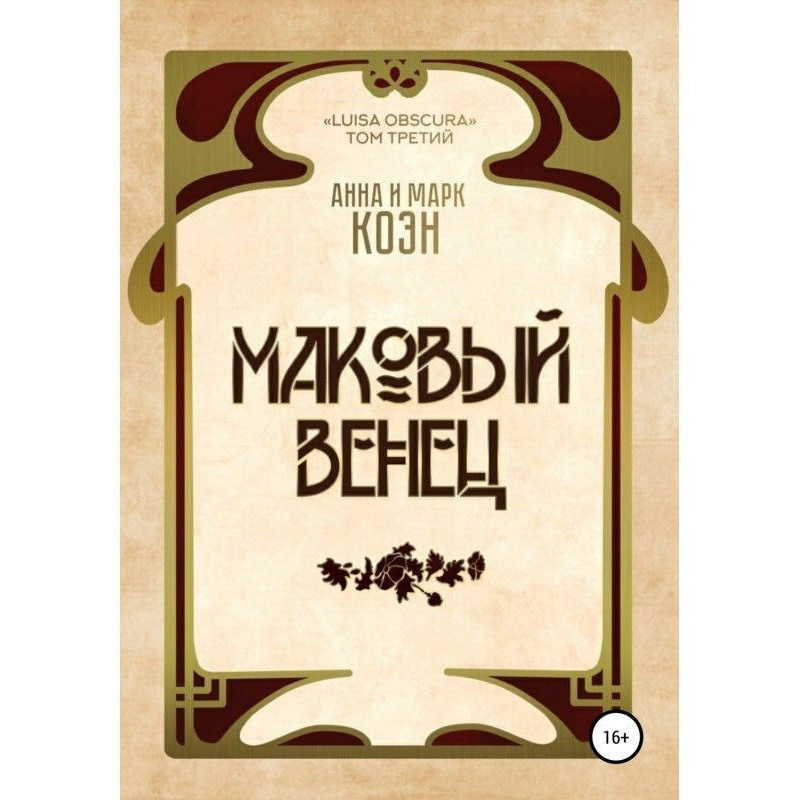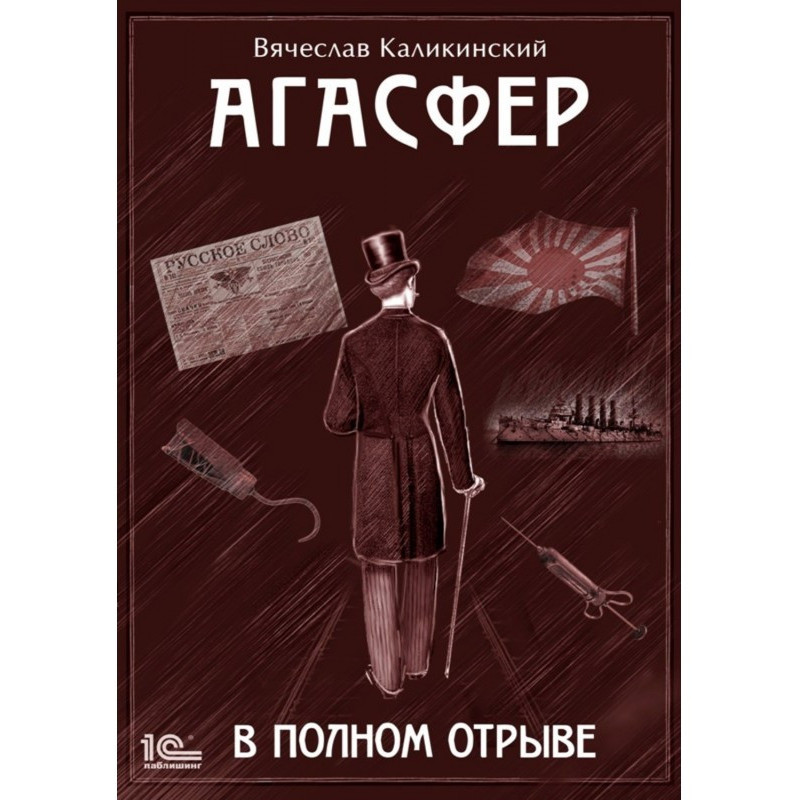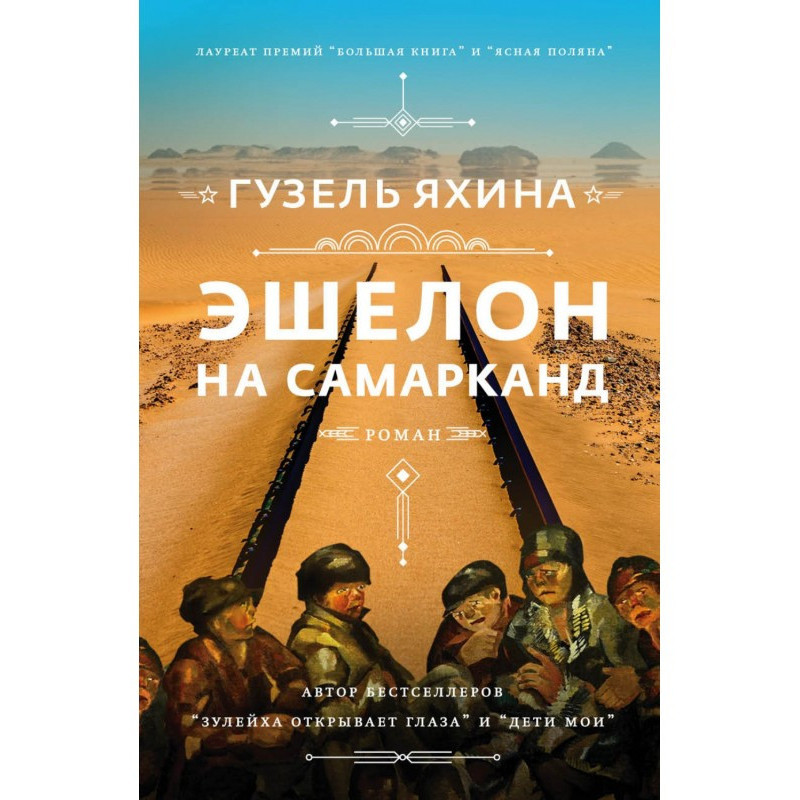The era of extremes. Short twentieth century (1914–1991)
 Instant download
Instant download
after payment (24/7)
 Wide range of formats
Wide range of formats
(for all gadgets)
 Full book
Full book
(including for Apple and Android)
“The Age of Extremes: The Short Twentieth Century (1914–1991)” is one of the main works of the famous British Marxist historian Eric Hobsbawm. Together with the trilogy about the “long nineteenth century,” it is rightfully considered the pinnacle of world historiography. Hobsbawm divides the short twentieth century into three main stages. “The Age of Disasters” begins with the First World War and ends with the Second; followed by a “golden age” of progress, decolonization and increased prosperity throughout the world; the third stage, a crisis for both poles of the post-war world, ends with its complete collapse. Deep erudition and unique cultural experience allow Hobsbawm to use examples from a variety of areas of historical knowledge: the history of science and art, economics and revolutionary movements. A contemporary of the century, a cosmopolitan and a communist who had a hard time saying goodbye to the Soviet myth, Hobsbawm pays equal attention to Europe and the Americas, Africa and Asia. He has the gift of speaking to the reader on an equal footing, enlightening without condescension and instilling the ability to think systematically. A sober analysis of the processes at the end of the second millennium takes on a new meaning at the beginning of the third: the future that appears on the pages of the book has become a reality today. A fascinating and strikingly contemporary book, The Age of Extremes is an indispensable tool for understanding it.
Data sheet
- Name of the Author
- Эрик Хобсбаум
- Language
- Russian
- Translator
- Александра В. Никольская
Ольга Лифанова
Reviews
Неперевершений аналіз історії двадцятого століття
"Епоха крайнощів" Еріка Хобсбаума - це не просто книга, а справжній шедевр історичної науки, який відкриває читачеві глибокі та складні процеси, що формували світ упродовж короткого двадцятого століття. Хобсбаум, використовуючи свою величезну ерудицію, майстерно ділить століття на три етапи, кожен з яких має свої унікальні риси та виклики. Його здатність поєднувати різні аспекти - від політики до культури, від економіки до соціальних рухів - робить цю книгу надзвичайно цінною для всіх, хто прагне зрозуміти, як минуле вплинуло на сучасність. Автор не лише подає факти, але й запрошує читача до глибокого осмислення подій, що відбулися. Його стиль письма легкий і зрозумілий, що робить книгу доступною навіть для тих, хто не є фахівцем в історії. "Епоха крайнощів" - це не просто історична хроніка, а справжній інтелектуальний виклик, який спонукає до роздумів про майбутнє. Рекомендую цю книгу всім, хто цікавиться історією, соціологією та політикою, адже вона є незамінним інструментом для осмислення нашого світу.



